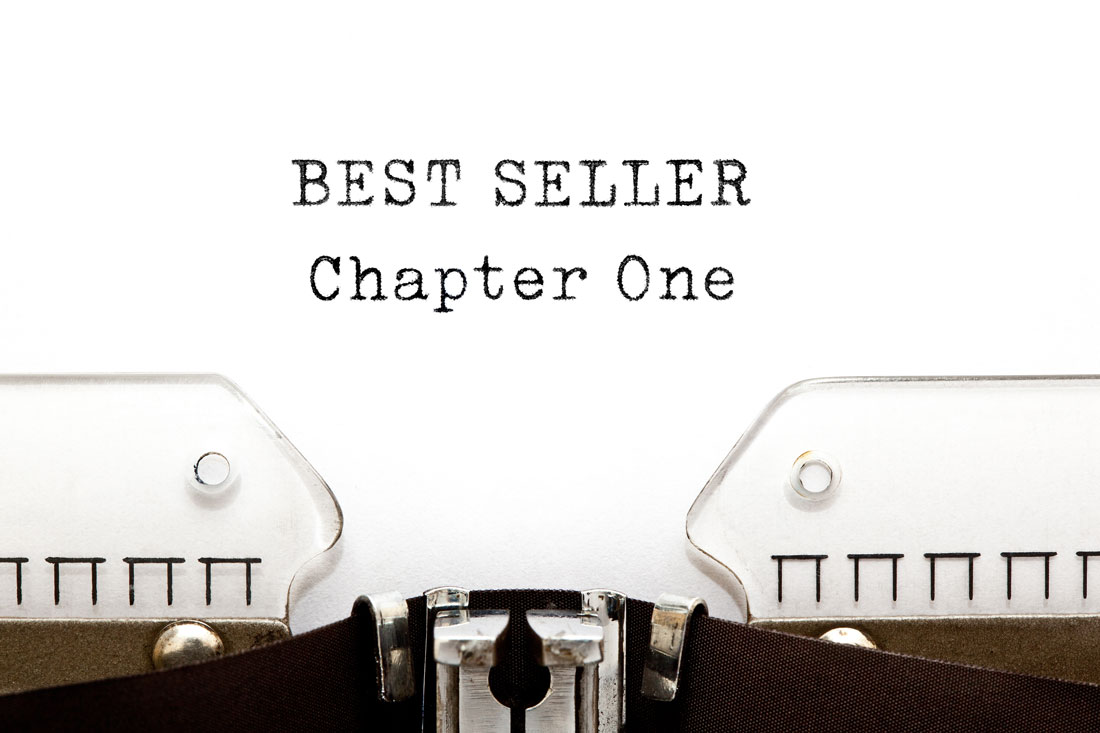
16 Jul How To Become A Wall Street Journal Best Seller
ANNOUNCEMENT: On November 7th, 2023, an announcement was made that the Wall Street Journal bestseller list had been dropped.
I also wrote an article about this here: Wall Street Journal list stopping the bestseller list.
Original article below before the announcement was made:
In March 2019, I was part of a small team that was able to get my client’s book to the Wall Street Journal and USA Today Bestsellers list!
I now know the formula for becoming a Wall Street Journal Best Seller. Can anyone become a Wall Street Journal Best Seller? I don’t believe so.
In my professional opinion, it has to be the right book, at the right time, to the right market, with the right marketing. It’s as if the stars have to align. Additionally, it costs thousands of dollars on the back end for marketing to get a book to the Wall Street Journal Best Sellers list. If you don’t have money to invest in this, then this path is not for you.
So what is the formula?
There are 3 pillars to becoming a Wall Street Journal Bestseller and they are:
PILLAR 1:
Pillar 1 is about putting out a professional and high quality book like a mainstream publishing house would do. Do NOT skimp on the quality or details. To be seen as a professional, you must invest in professionals that are experts in the following areas:
- A professional book cover which will cost between $200 and $500
- Professional editing which can range from $3 to $5 per page or .02 cents per word
- Professional formatting for your ebook and print book which might range from $150 to $250
- A professional book description designed to sell your book not summarize your book
PILLAR 2:
Pillar 2 is about understanding the WSJ platform and how it works. There are many categories and types of WSJ bestsellers lists such as business hardcover, fiction hardcover, nonfiction hardcover, etc. For self-published authors, those lists are hard to hit because selling a hardcover book vs. an ebook (unless you have a substantial email list and social media following that are eager to buy your book) is not easy. I recommend going for the nonfiction ebook list on WSJ. You will set up your book as a pre-order and set up all of your marketing to hit the list during the pre-order time frame (90 days). Unlike Amazon, who updates their bestsellers lists hourly, WSJ updates their list weekly. The beauty of doing a pre-order is you will know how many copies you are selling and when you hit the “magic number” (which we will talk about in a minute) then you will release your book and pray you made the list.
WSJ is mostly a numbers game, meaning that if you sell between 4,000 and 10,000 books that week you should hit the list. However, there are always variables that you can’t control; like other big name authors promoting their book that week that bumps you off the list or the powers that be at WSJ don’t like something about your book and they exclude you from the list. With Amazon as long as they approve your book, then you will hit the bestsellers list when you have the number of sales to do so. With WSJ, you could have the sales and still not be included. They have the right to reject books from the list if they chose to.
In addition to selling books on Amazon, in order to hit the WSJ list you will need to sell books on other platforms such as Barnes and Nobles, Apple, etc. In other words, you won’t hit the list if you just have sales on Amazon. WSJ wants diversity.
PILLAR 3:
Pillar 3 is about running a massive marketing campaign. When we did the WSJ and USA Today bestseller promotion we spent thousands of dollars on marketing including Facebook ads, Amazon ads, Book Bub ads, Book Promotions, Joint Ventures, email promotions, social media promotions and grass roots.
If you think you can wave a magic wand and hit the WSJ bestsellers list, you are sadly mistaken. It takes a lot of work, effort and coordination.

